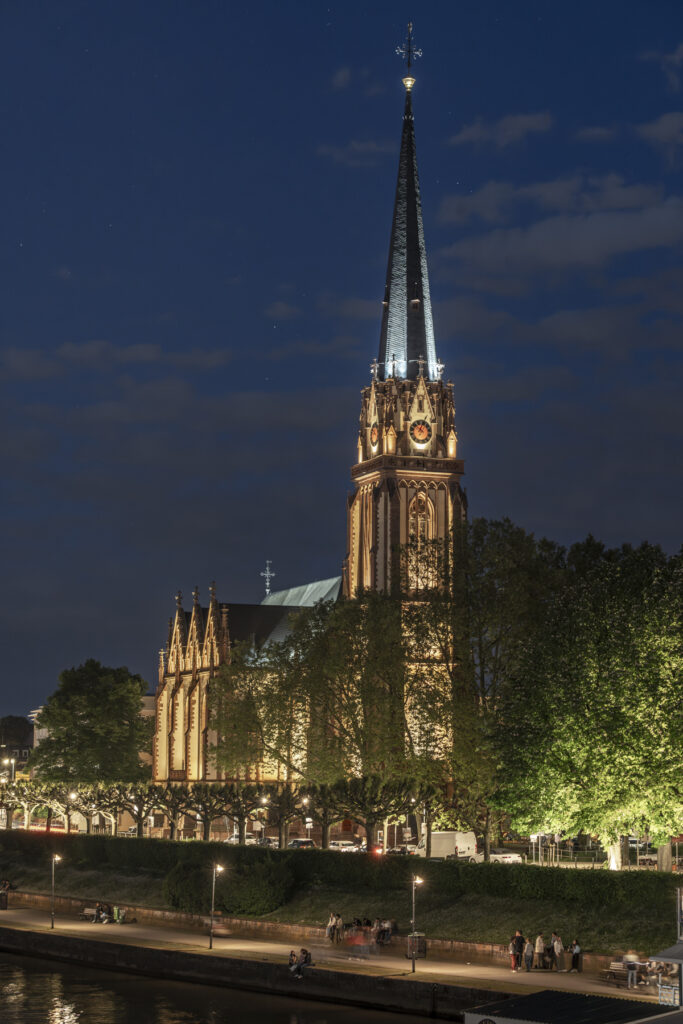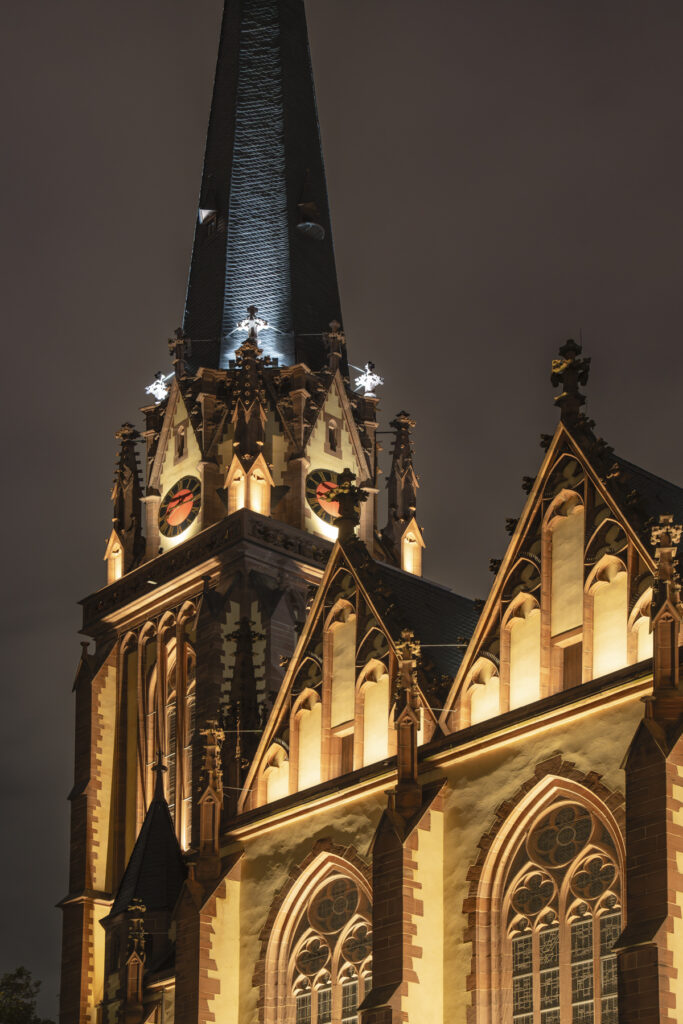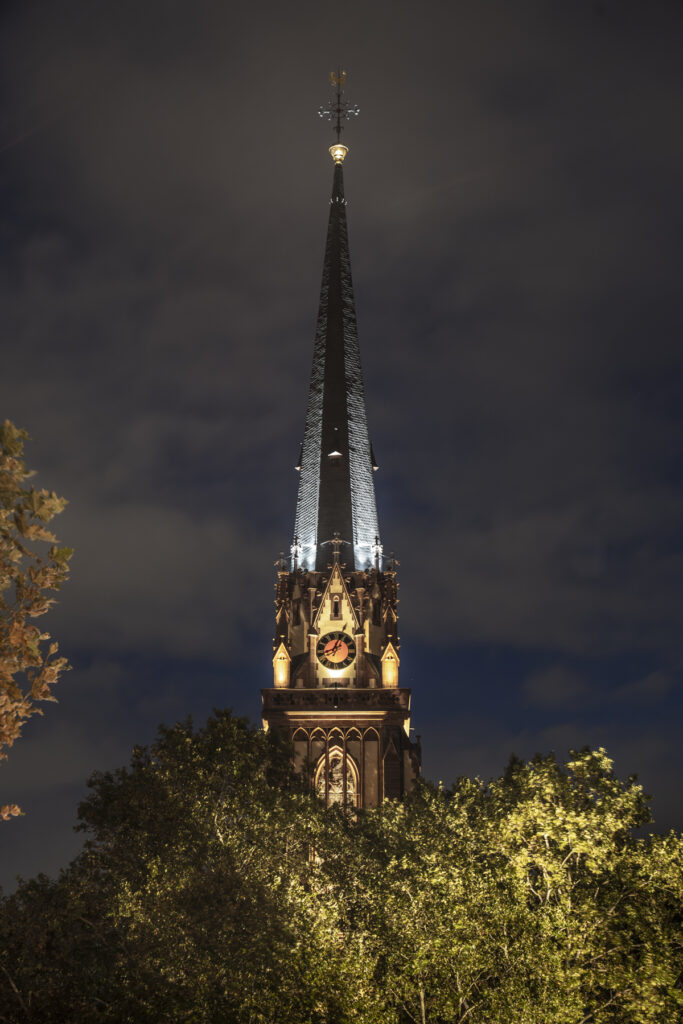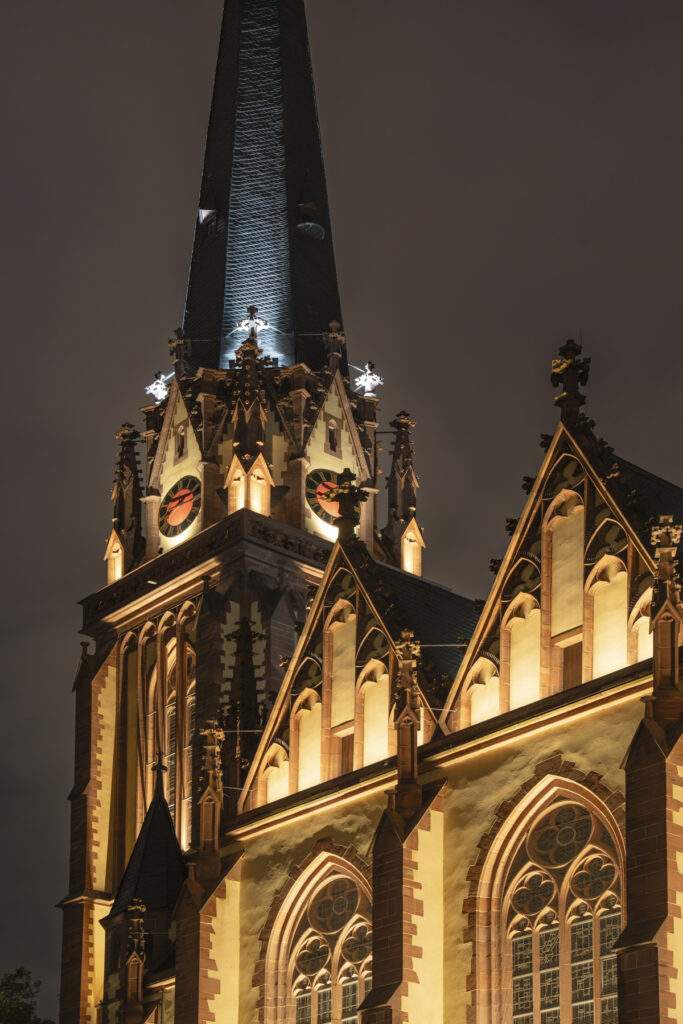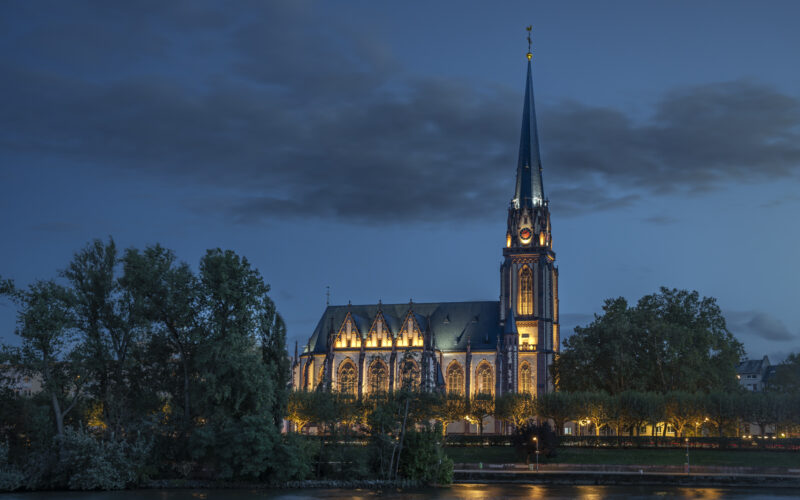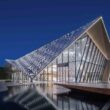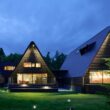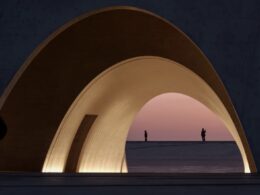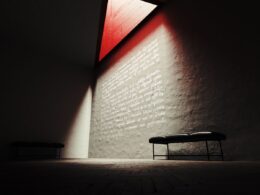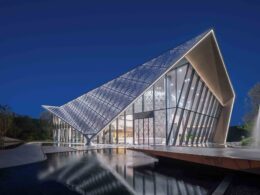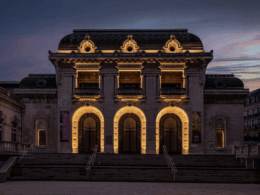Frankfurt-on-the-Main By RAUMLABOR
With measures for the design of the square and illumination, the renovated listed Epiphany Church, which used to be only visible during the day, was to be adequately represented in the city silhouette of Frankfurt. The 81-meter-high neo-Gothic tower alone represents an outstanding landmark, which now remains perceptible even at night in the cityscape.
The listed Neo-Gothic Epiphany Church, located on the southern bank of the Main in Sachsenhausen, is particularly impressive with its 81-meter-high tower, which dominates the local cityscape visible from afar. The building, which was built in the years 1875 to 1889 according to a design by cathedral master builder Franz Josef Denzinger, was to be an urban counterpart to the cathedral on the other side of the Main according to the specifications of then magistrate. As a dowry church, the sacred building is owned by the city. It is responsible for maintenance, upkeep, and repair, while the Evangelical Lutheran church community enjoys the right to “eternal use”. A wide range of concerts, readings, and exhibitions makes the church today a cultural center in addition to its use for divine services. It also exudes great attraction in terms of tourism due to its exposed location on the riverbank and its historical significance.
The lighting concept aimed to reproduce the essential architectural elements and proportions that come to light in the night image and to highlight the neo-Gothic architecture while creating a calm appearance worthy of the monument. Flat lighting systems on the facades close to the building bring out the structure, while smaller LED spotlights emphasize the reinforcement and pillars. The building is made tangible, and the contours of the earthen, local material are emphasized. The church is thus visually located and becomes a landmark in the Frankfurt night picture.
For this purpose, the facade and gable surfaces of the side nave and the facade surfaces of the main nave are illuminated with a warm white light color in 2700K with adapted brightness values. The irradiation is carried out with Linear Grazers, which are installed close to the building as uplights, which are installed close to the building. In order to minimize the harsh contrast between the technically-looking luminaires and the historic building, the facade luminaires were covered with specially produced copper panels, which fit harmoniously into the red main sandstone. The impressive play of light and shadow gives plasticity to the sculpture that is illuminated from below.
